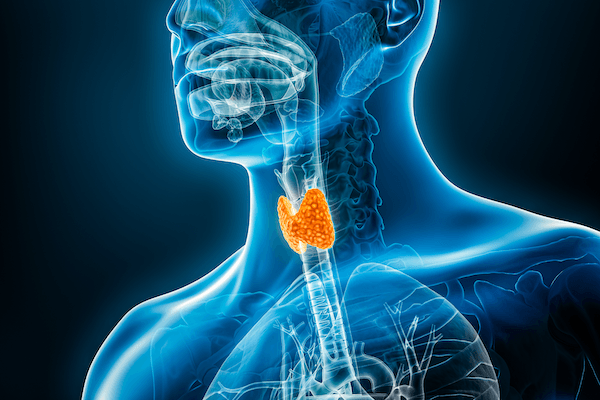Ingredients:
Stirfry Mix
- 450g/1 lb. cooked chicken, dark meat or light meat I like using cooked chicken. It can just be added into the dish and heated through.
- 4 cups purple cabbage, sliced
- 4 cups cremini mushrooms, sliced
- 2 cups peeled carrots
- 3 cups cauliflower florets
- 1/2 cup slant cut green onions
- 1 handful enoki mushrooms
- 2 Tbsp vegetable oil
- 1 package rice noodles
Stirfry Sauce
- 4 cloves minced garlic
- 1/4 Tsp grated ginger
- 1/4 cup honey
- 1/4 cup rice wine vinegar
- 1 cup chicken stock
- 1 Tsp favorite hot sauce (optional)
- 1 Tbsp vegetable oil
Method:
Stirfry Sauce
- Heat up the oil in a small pot with the garlic. Make sure the garlic is cooked on low to medium heat. You want to make brown sticky garlic, not black.
- Once the garlic is browned, add in the honey and let bubble for a moment. Then add in the vinegar and cover with a lid to make sure you don’t get burned by the bubbling.
- Add in the chicken stock and reduce by half. Season with salt and pepper and add your favorite hot sauce.
Stirfry Mix
- Cook the noodles according to the directions on the bag. Drain, cool, and set aside.
- Heat up the oil in a large wok. Cook the vegetables according to the degree of hardness (cauliflower, mushrooms, cabbage, carrots) and add in the chicken last. The key is to stirfry so make sure not to fill the pan too full. It may be helpful to do the vegetables in batches depending on how big your wok is.
- Once the vegetables are well caramelized, add in the chicken and noodles and heat through. Add in the stirfry sauce and mix well. Don’t reduce the sauce anymore as it may become too salty.
- Garnish with green onions and serve!
This recipe is sourced from Fresh Menu Planner
[thrive_text_block color=”light” headline=””]
Do you understand how Oxalates impact your patients’ health?
Do you have patients with hormone, joint and ligament issues?
This webinar gives you the knowledge to understand the causes, issues, and management of Oxalates.
[maxbutton id=”12″ url=”https://www.mthfrsupport.info/oxalateswebinar” text=”Purchase Your On-Demand Webinar ” window=”new” ]
[/thrive_text_block]








